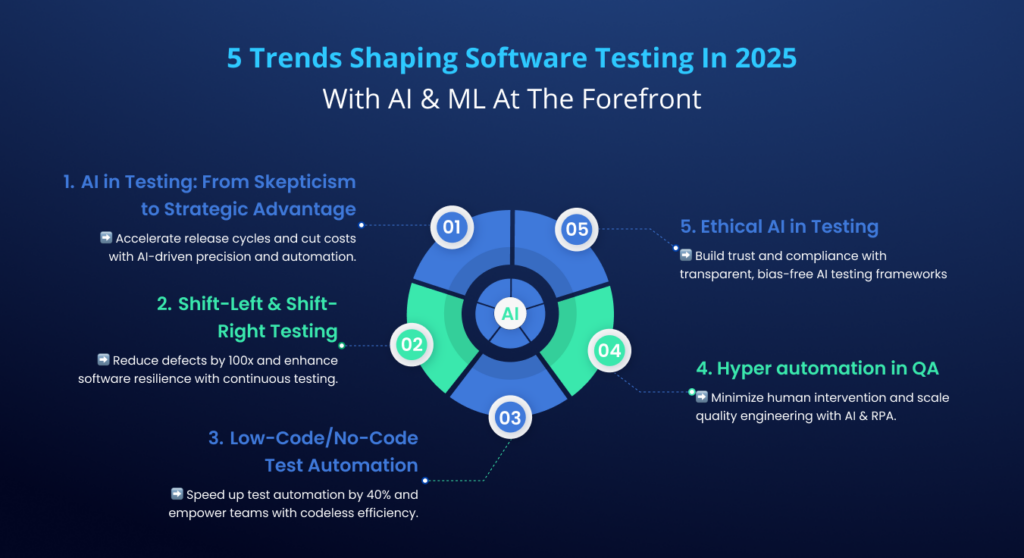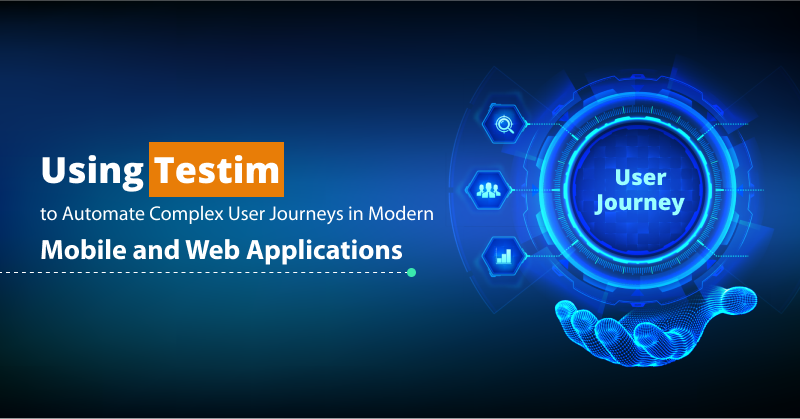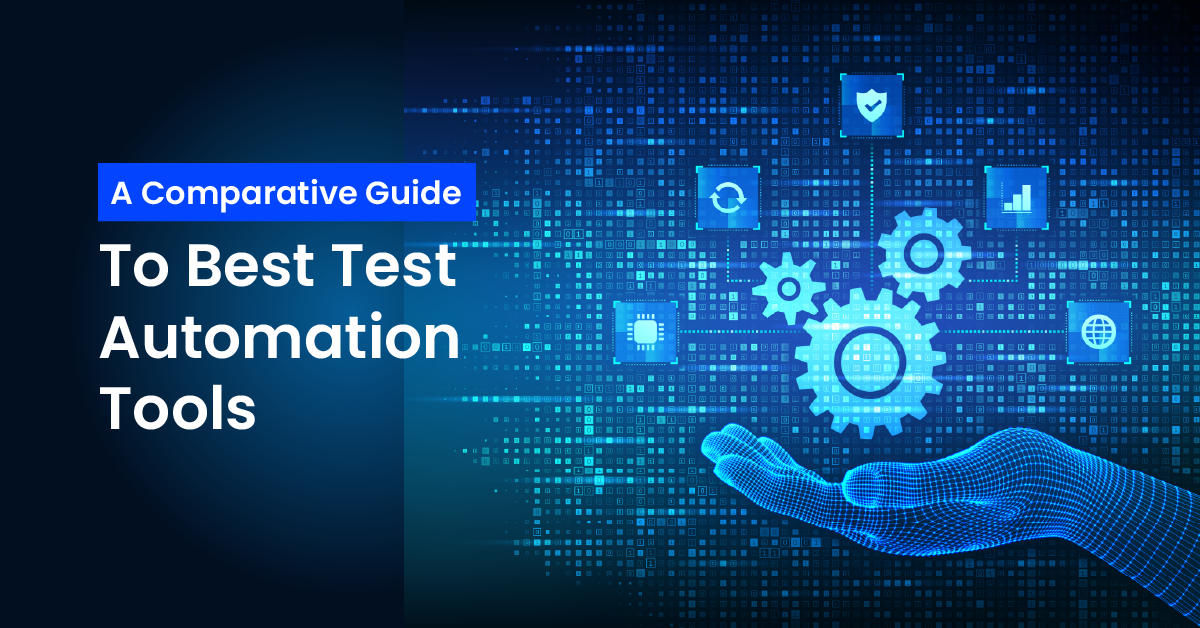Discover the top AI trends shaping software testing in 2025. Learn how AI-driven automation, predictive analytics, and intelligent test orchestration will be the strategic testing trends to watch out for to transform QA processes for faster, more efficient outcomes.
Artificial intelligence (AI) has become an unstoppable force in the software industry, transforming everything from code generation to test automation. The impact is staggering: The Business Technology Report 2024 highlighted that 73% of companies plan to expand AI use in 2025, with software testing emerging as a primary use case. As testing automation platforms integrate advanced AI capabilities, the global AI in testing market is projected to is projected to grow from USD 1,010.9 million in 2025 to USD 3,824.0 million by 2032, exhibiting a CAGR of 20.9% during the forecast period. This represents a transformative shift in how organizations approach quality assurance, with several key trends poised to dominate the software testing landscape in 2025.
This blog explores the top five software testing trends of 2025, highlighting how AI-powered innovations, automation, and evolving business needs are reshaping quality assurance to prioritize scalability, efficiency, UX, and security.
Find key sections in this blog:
- The Shift Toward Smarter, Scalable, and Secure Solutions
- AI in Testing: From Skepticism to Strategic Advantage
- Shift-Left & Shift-Right
- Low-Code/No-Code Test Automation for faster, smarter testing
- Hyperautomation in QA: The Future of Test Automation
- The Importance of Ethical AI Practices Will Surge
- Final Thoughts
- AI-Powered Test Automation with Techment & Tricentis
The Shift Toward Smarter, Scalable, and Secure Solutions
Today, software testing is evolving beyond defect identification to encompass scalability, efficiency, user experience (UX), and security. This transformation is driven by innovations, advanced technologies like AI, and higher business expectations. Here are the top 5 software testing trends to watch out for in 2025:
1. AI in Testing: From Skepticism to Strategic Advantage
For years, AI in software testing was met with skepticism—would it replace jobs, or could it be trusted? Fast forward to 2025, and the reality is clear: AI isn’t just an enhancer; it’s a necessity. With 75% of companies actively investing in AI for quality assurance as pointed out by the World Quality Report 2023-24, the shift is undeniable.
AI-driven testing is no longer about experimentation; it’s about speed, precision, and cost efficiency. From self-healing automation frameworks that reduce test maintenance to predictive analytics that catch defects before they occur, AI is fundamentally reshaping software quality. In 2025, AI-powered testing won’t be optional—it will be the standard.
Why It Matters:
- Faster Releases: AI slashes testing cycles, accelerating time-to-market.
- Smarter Defect Detection: Predictive analytics pinpoint high-risk areas, reducing post-release failures.
- Self-Healing Scripts: Automatic AI can update test scripts, reducing maintenance effort.
How to Prepare for 2025:
QA professionals need to focus on continuous quality, automation-first strategies, and AI-led testing innovation. The question is no longer “Should we adopt AI in QA?”—it’s “How fast can we?”
2. Shift-Left & Shift-Right
By 2025, Shift-Left Testing won’t just be a best practice; it will be a non-negotiable strategy for enterprises embracing DevOps. But Shift-Left alone isn’t enough. Shift-Right Testing—where real-world user feedback, A/B testing, and production monitoring come into play—completes the quality loop. Together, these approaches will redefine continuous testing quality with bug-free but also resilient in production.
Why It Matters:
- Cost Savings: Finding defects in the requirements phase is up to 100x cheaper than fixing them in production (IBM Systems Science).
- Developer-Led Testing: Static code analyzers, unit tests, and AI-driven code reviews to catch issues early.
- Continuous Feedback Loops: Integrated testing will provide real-time insights, preventing bottlenecks in software delivery.
How to Prepare for 2025:
Embracing Shift-Left and Shift-Right is key, leveraging canary releases, blue/green deployments, and observability tools will ensure real-world reliability. Meanwhile, AI-driven quality assurance will act as an intelligent watchdog, predicting and preventing defects before they impact users, making software development faster, smarter, and more resilient. By 2025, quality will no longer be just a testing team’s responsibility—it will be embedded into every stage of the development lifecycle.

3. Low-Code/No-Code Test Automation for faster, smarter testing
The low-code/no-code (LC/NC) revolution that transformed software development is now reshaping software testing. By leveraging visual interfaces and drag-and-drop functionalities, these platforms empower testers—even those with minimal coding expertise—to design, execute, and maintain automated tests with unprecedented ease.
Why It Matters
- Speed Meets Simplicity – Traditional test automation can be complex and time-consuming. LC/NC tools cut test development time by up to 40%, as reported
- Expanding Test Ownership – Bridge the skill gap, fostering cross-functional collaboration.
How to prepare for this in 2025:
To stay ahead, QA teams must rapidly upskill and become proficient in leading low-code/no-code platforms such as Tricentis, Testim . As codeless automation adoption is projected to grow 25% by 2026 (Forrester), mastering these tools is essential. Modern LC/NC platforms do more than just automate tests—they integrate AI-driven testing, simplify maintenance, and reduce manual effort by up to 60%, enabling faster deployments. In a world of digital transformation, embracing LC/NC testing is no longer optional. It’s critical for reducing time-to-market, delivering higher-quality software, and gaining a competitive edge.
4. Hyperautomation in QA: The Future of Test Automation
Hyperautomation is revolutionizing the world of Quality Assurance (QA) by integrating artificial intelligence (AI), machine learning (ML), and robotic process automation (RPA) to automate not just test execution but the entire testing lifecycle. From test planning and case design to data preparation and defect triaging, hyperautomation is reshaping how we approach quality at scale.
Why It Matters:
- End-to-End Automation: With hyperautomation, QA processes—ranging from test design to reporting—become fully automated, reducing human intervention and accelerating time to market.
- Smarter Decision-Making: Real-time analytics and dynamic dashboards provide actionable insights into test performance, enabling data-driven decisions that drive continuous improvement.
- Seamless CI/CD Integration: Hyperautomation will seamlessly integrate QA into CI/CD pipelines, ensuring faster releases, fewer errors, and enhanced product reliability.
How to Prepare:
The key to preparing for this shift is building smart automation pipelines powered by AI-driven testing technologies to help QA teams can stay ahead of the curve. It isn’t just an investment in speed—it’s about future-proofing your organization and staying ahead in an increasingly digital world. The data is clear: businesses that embrace hyper automation will be better positioned to navigate the complexities of modern software development, delivering higher quality products with faster turnaround times.
5. The Importance of Ethical AI Practices Will Surge
As AI takes center stage in software testing, its potential is undeniable. However, its rapid evolution brings the challenge of ensuring fairness and transparency in AI-driven outcomes. Ethical AI is crucial in maintaining trust and safeguarding against biased or discriminatory results that can undermine its value.
Why Ethical AI Matters:
- Prevents Bias: Ensures AI systems produce fair, unbiased outcomes.
- Ensures Accountability: Holds AI decisions transparent and accountable.
- Regulatory Compliance: Safeguards against violations of laws like GDPR.
- Builds Trust: Enhances reliability and fosters confidence in AI systems.
- Mitigates Legal Risk: Reduces exposure to lawsuits and penalties.
- Drives Responsible Innovation: Aligns AI development with ethical standards.
- Future-Proofs Technology: Keeps AI systems adaptable to evolving
How to Prepare for This Trend
To stay ahead of the curve, organizations need to invest in AI testing frameworks that prioritize ethical considerations. Testing professionals must adapt to evaluate AI-driven systems through an ethical lens, ensuring fairness, transparency, and accountability. As AI becomes more deeply embedded in software development, ethical testing tools will be key in maintaining trust and compliance, ensuring that your AI solutions not only perform but do so responsibly
Final Thoughts
In conclusion, the software testing landscape in 2025 will be defined by a convergence of AI-driven advancements and an increasing demand for scalability, efficiency, and security. From intelligent test automation frameworks and ethical AI practices to hyperautomation and the adoption of low-code/no-code platforms, these emerging trends are repositioning quality assurance as a strategic driver of business excellence. As organizations adapt to this evolving environment, collaborating with established technology partners such as Techment and Tricentis can provide the expertise and support needed to navigate this transformation successfully.
To explore how your organization can stay ahead in this evolving landscape, let’s connect with our Testing Experts and begin your journey toward smarter, future-ready QA.
 All Posts
All Posts


